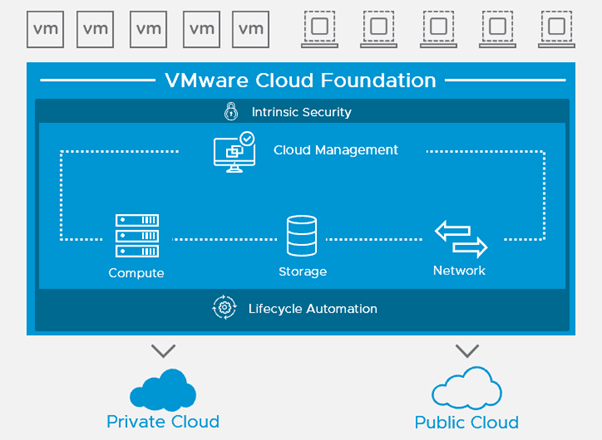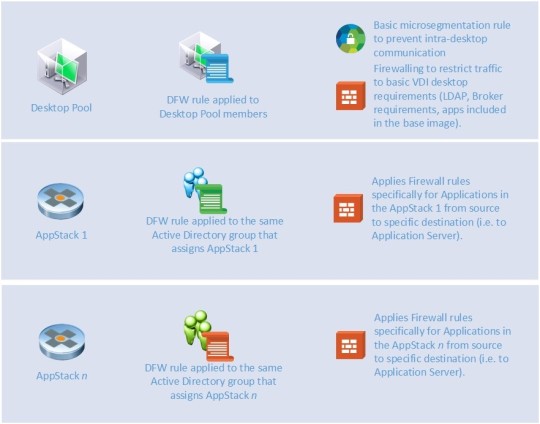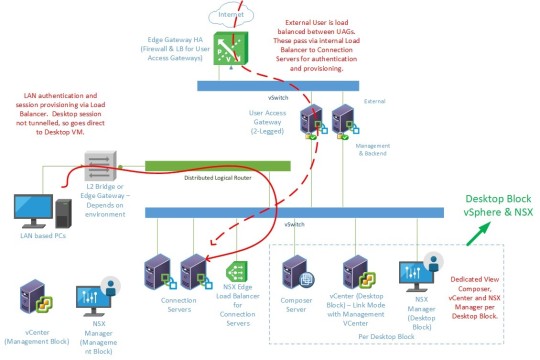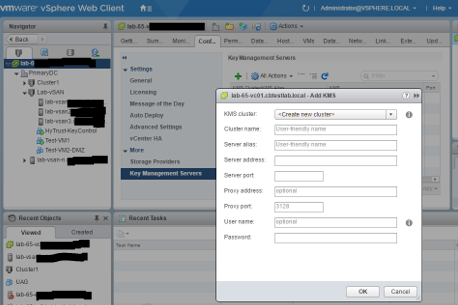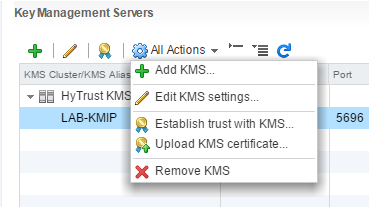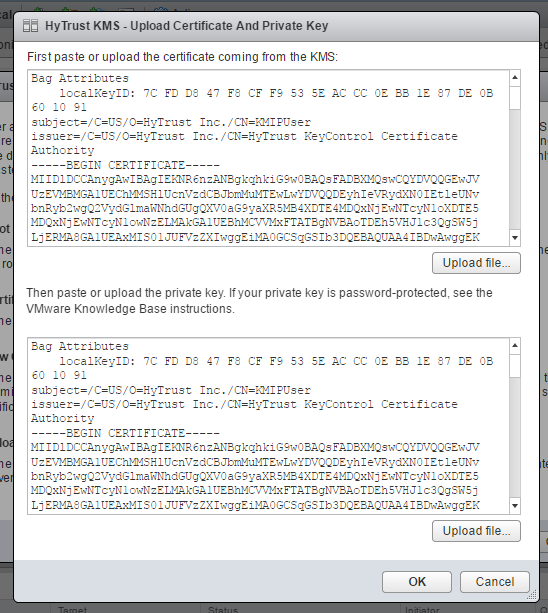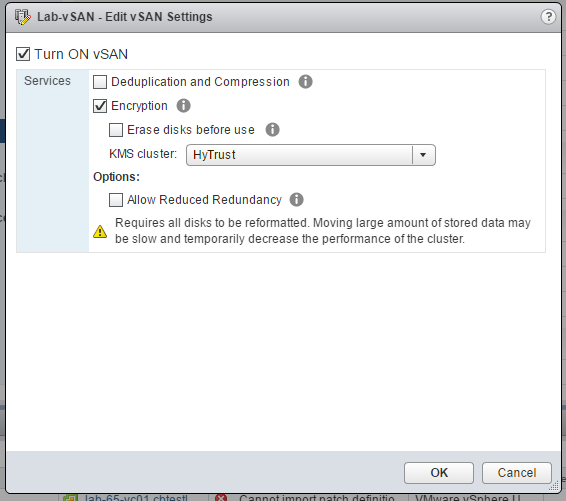VMworld 2017: Some Hardware News
by Curtis Brown
September came with the arrival of the 10th VMworld Europe, VMware’s primary European Technical Conference. A few of us Xtravirt consultants were fortunate enough to attend and turn into roving reporters for a few days. The conference focuses on VMware® products and partner solutions, which rather implies all things virtual, however, it does include some hardware aspects as well.
Focussing on the compute side, there were a couple of nuggets that may have interesting repercussions when considering hardware purchases in the near future.
AMD is Back!

AMD have been in the processor game for a long time, primarily in the desktop side and more so for home users than corporate. In the server side, they made waves in the x86 server industry with their Opteron line – high numbers of physical cores for competitive prices. However, for some time, the product line has been lacking development, with the last major core release being around 5 years ago, (The Piledriver architecture).
Following the release of the AMD Ryzen range of desktop
processors, based on the new Zen microarchitecture, AMD have now released the
EPYC range as replacement for the Opteron.

So, what does this mean in the virtual world? AMD are now back with a product that is competitive to the Intel Xeon range, bringing with it some pretty clever features.
In terms of specifications, the EPYC ranges from 8 to 32 cores with a boosted performance of up to 3.2GHz. More importantly, the EPYC now provides Hyperthreading (something new to AMD) so that 32 cores can push 64 threads per socket. Speaking of sockets, the EPYC range currently offers only 1-2 socket support.
In terms of Hypervisor support, VMware added support for the Zen microarchitecture with VMware vSphere® 6.5 Update 1 – so relatively recently. However, there is a feature that’s provided in the AMD chipset that is currently only supported in KVM – real-time encryption of VM memory.
For the loss of around 1% performance, a VM running under KVM can be encrypted right through to the in-use allocated RAM by the memory controller using AMDs ‘Secure Run’ feature. Each VM has a unique encryption key, and the data is encrypted and decrypted as it passes through the memory silicon. So even in the event of the hypervisor being accessed by a hacker, the VM’s allocated memory is securely encrypted. When asked, the AMD representative mentioned that discussions about implementing the capability in vSphere were under way.
While the first partner with AMD on EPYC is Supermicro, Dell and HPE are both releasing products using this chipset. So, competition in the Server CPU market is firing up again.
Nvidia GRiD

Nvidia are continuing to develop their GRiD solution for
enhanced graphics in VDI. The Maxwell
Core M6, M10 and M60 are now supplemented by the new P6 and P40 Pascal based
GPUs. The Pascal has much higher
benchmark performance that the older Maxwell, though both have certain use
cases. The table below compares the
current devices:

Note that the Maxwell still supports a 512MB profile which is suitable for enhancing the standard office experience while the Pascal doesn’t. This means the M10 is still the go-to model for numbers of instances (64), making graphically enhanced desktops possible for many users on a host. However, for power users, the Pascals have the edge.
With a single GPU, we can scale to 24 users on a Pascal, or one with a monster 24GB vRAM profile! There are also more slot sizes available on the P40, making the solution more flexible. For Blade based estates, the MXM packaged Teslas are improving, with the Pascal based P6 packing 16GB video RAM permitting sixteen 1GB sessions while running at 10W less power than the older M6.
A big item, demonstrated at VMworld, was the new ability to vMotion VMs running with Nvidia GRiD. Although this capability has yet to be released, it means that DRS load balancing in GRiD clusters is now possible.
The somewhat criticised management software is also much improved, supporting clustering and offering greater security too.
With the improvements in hardware and the flexibility in configuration, Nvidia GRiD shows the signs of a maturing technology and an attractive one where graphics are important in VDI.
Nvidia also offer these cards, as well as additional models specifically for CUDA based mathematical calculation work.
Closing Thoughts…
The release of these products shows that the market for hardware horsepower is far from waning. Greater power leads to higher density, permitting greater efficiency in delivering workloads.
VMworld is not just a place to look at the latest virtualisation solutions, but to also a place to see what hardware can be used to host it.
If you’re interested in exploring the latest virtualisation solutions but not sure where to start, please contact Xtravirt, and we’d be happy to use our wealth of knowledge and experience to assist you.
About the Author
Curtis Brown joined the Xtravirt consulting team in October 2012. His specialist areas include End User Compute solutions and Virtual Infrastructure design and implementation with particular strength in VDI, storage integration, backup and Disaster Recovery design/implementation. He is a VMware vExpert 2017.





